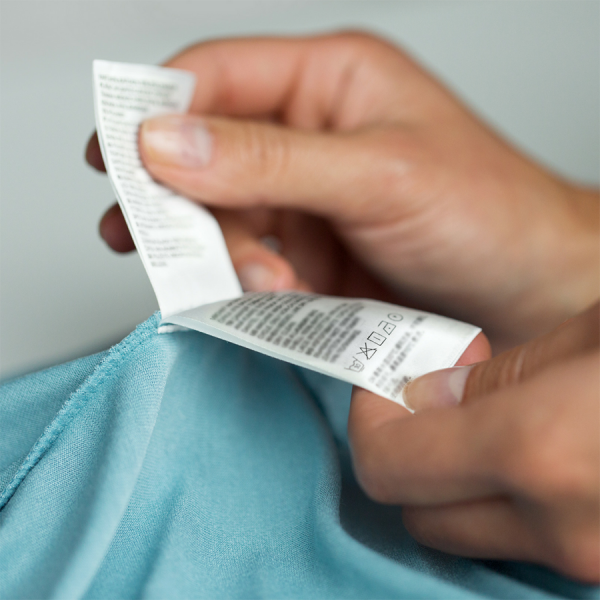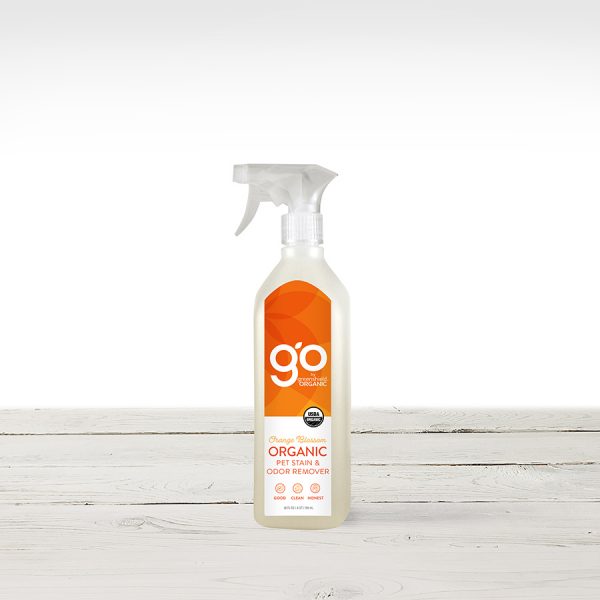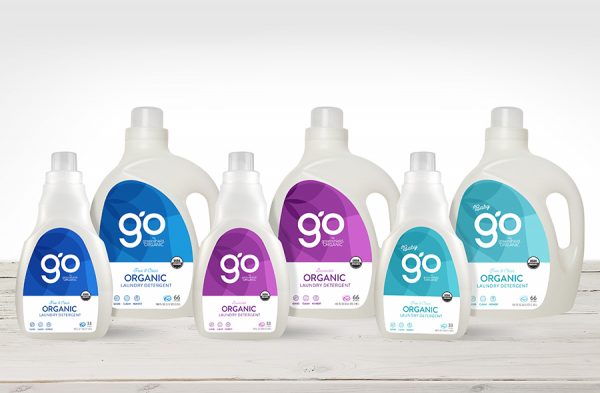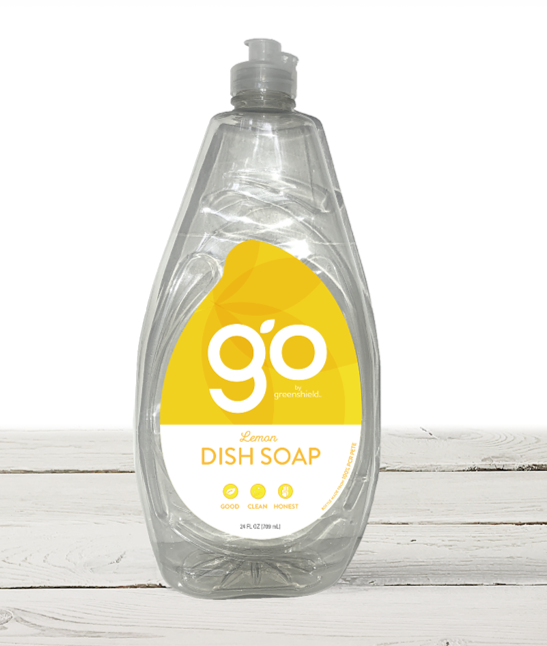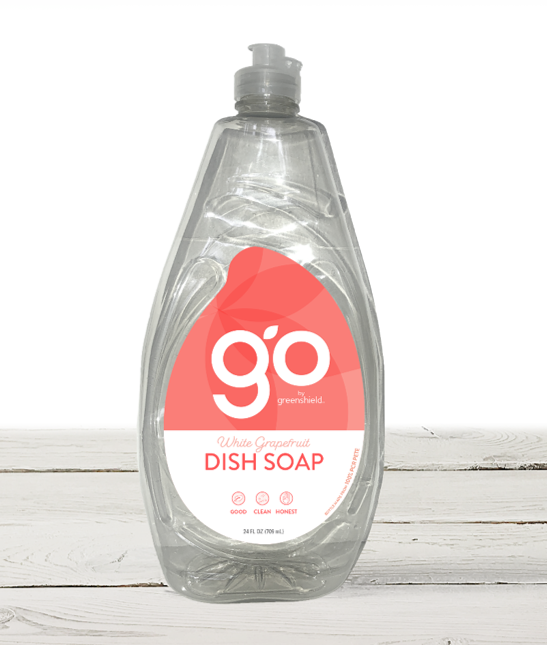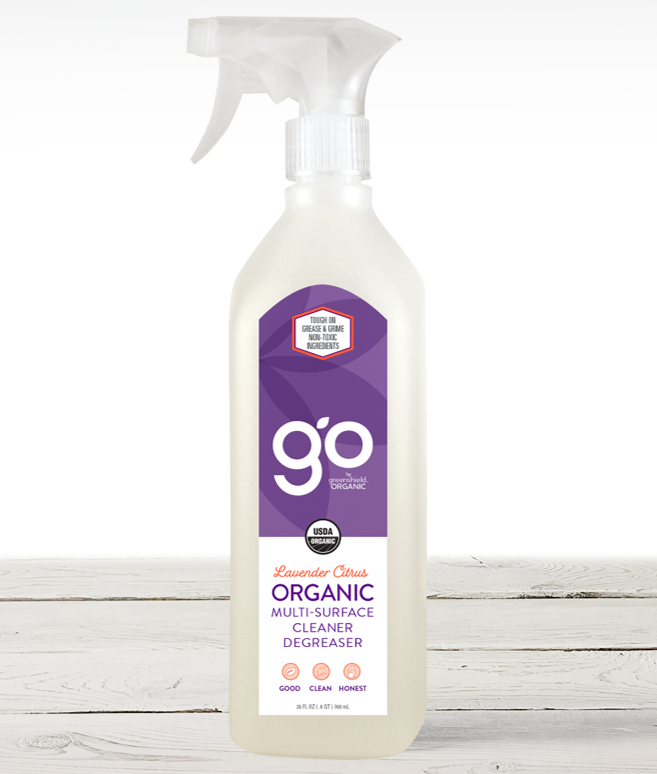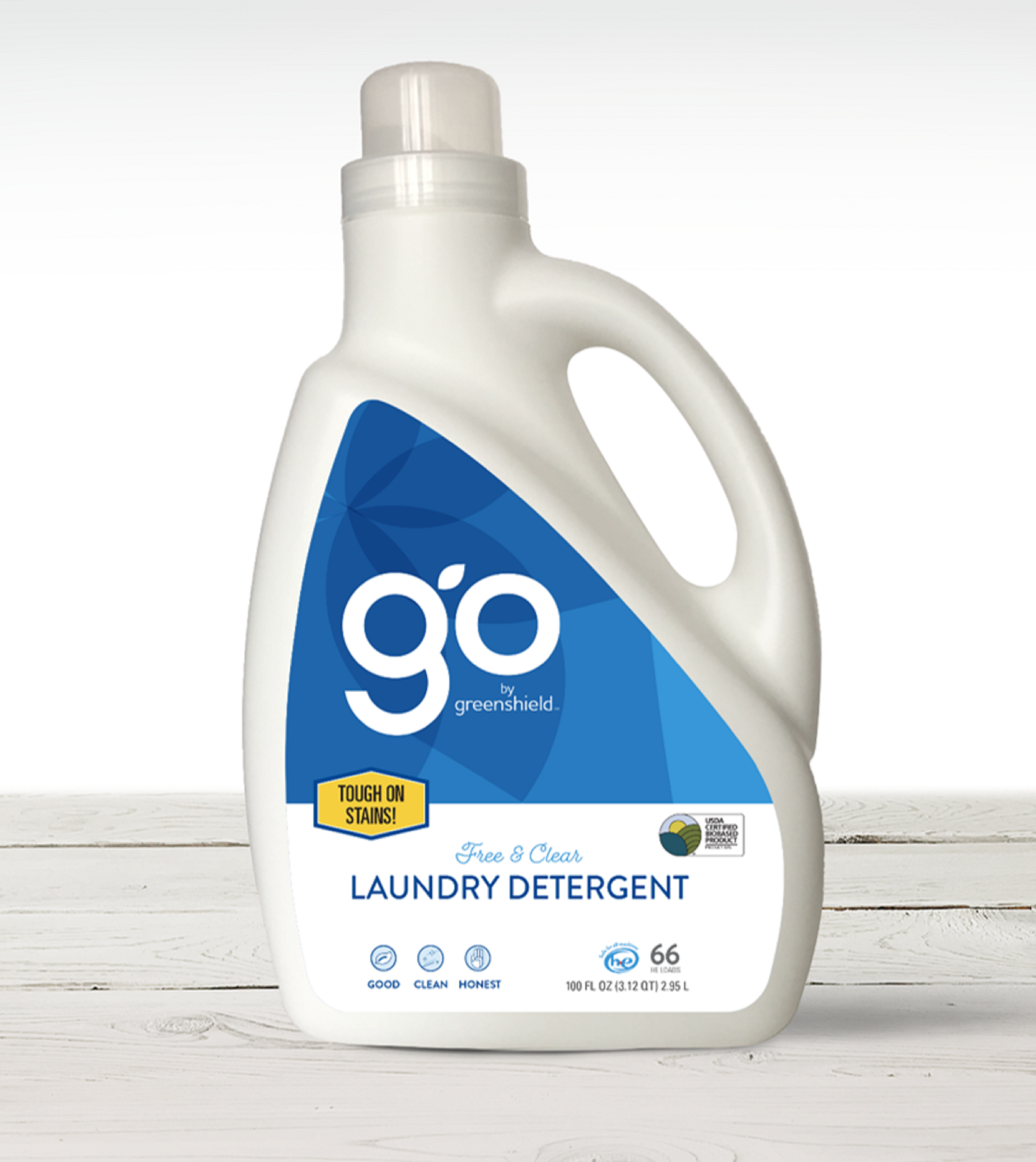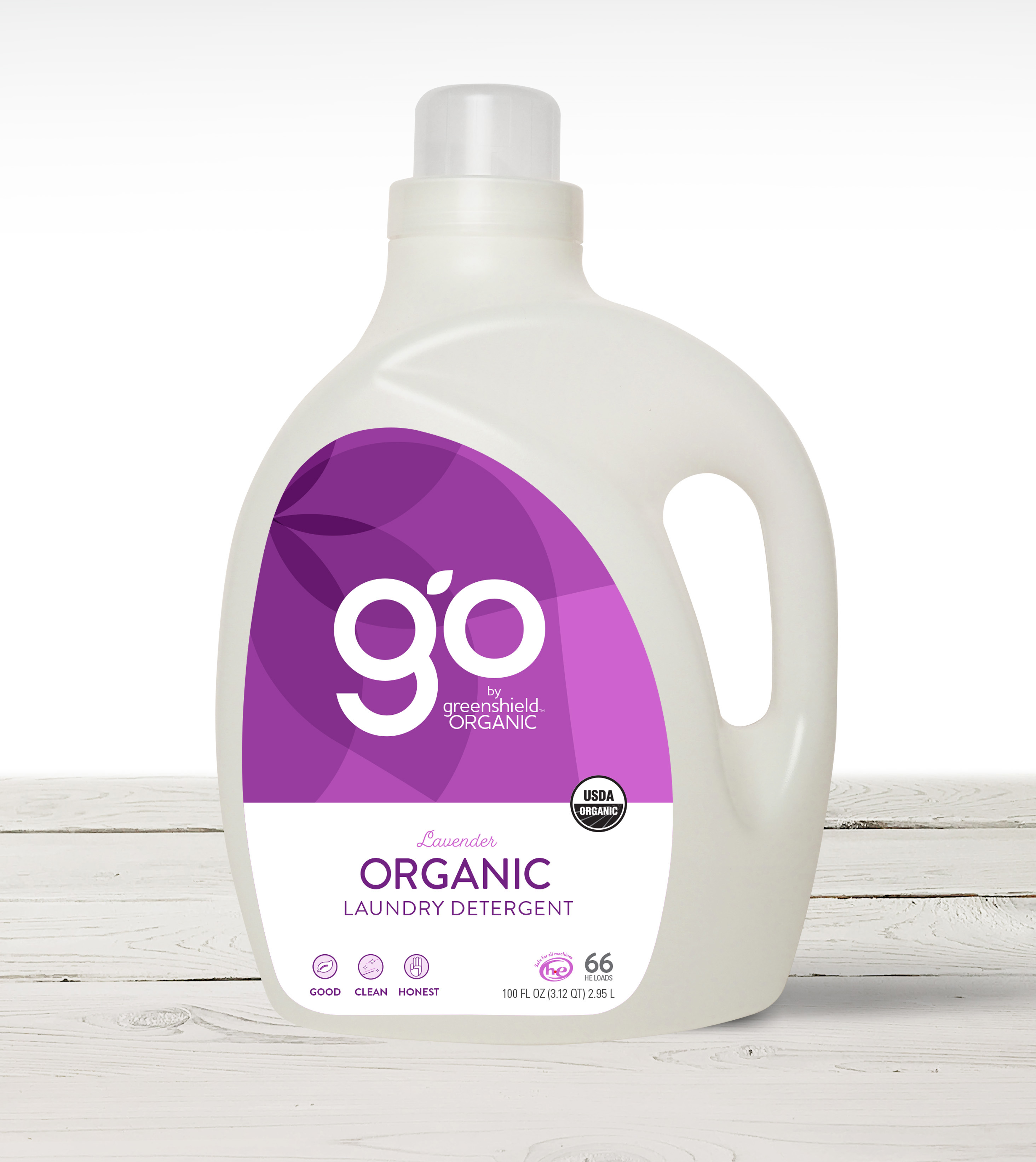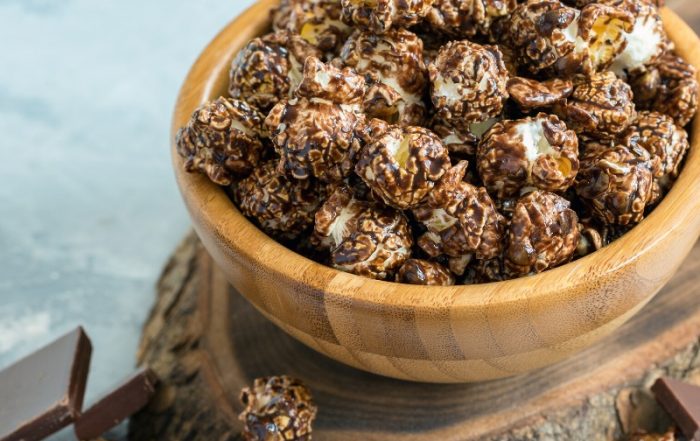How To Hand Wash Your Laundry
They say all good things come with time! Although hand washing laundry takes time and a little elbow grease, it can certainly be worth the extra effort. Hand washing can save energy, water, money and prolong the life of many clothing items and delicate fabrics. In fact, by simply air drying your clothes the average household can save up to $25.00/month (Project Laundry List)!
Here’s how to get started:
What You’ll Need:
- 2 Large Plastic Bins, Sink or Bathtub
- GO by greenshield organic™ Laundry Detergent
- GO by greenshield organic™ Pet Stain & Odor Remover
- Toothbrush or soft bristle brush (optional)
- Drying Rack or Clothes Line
- White Towel
Step 1) Read the Labels
Hand washing is a perfect way to care for and clean delicate fabrics like wool, silk, intimates, swimwear, or clothing items with sequins or other embellishments. But before you begin, it is important to read the care labels on individual items to ensure proper cleaning guidelines are followed. If an item is labeled as “dry-clean only,” avoid washing it at home. If you are not sure about an item’s specifications, we always recommend testing a small inconspicuous area first to make sure the fabric is colorfast and can handle hand washing.
Step 2) Pretreatment
Pretreating stains before hand washing can help get your laundry cleaner with less work. Our secret weapon? GO by greenshield organic™ Pet Stain & Odor Remover!
This cleaner works great at pre-treating laundry stains on various types of fabrics and is made with USDA Certified Organic ingredients, including our NEW Orange Blossom Organic Fragrance made with essential oils. Here’s how to use it:
For Laundry: Always refer to manufacturer cleaning instructions. Saturate stain directly, then wash as usual. Repeat as necessary.
Here are a few common stains and how to pre-treat them:
Ketchup
Avoid dabbing as it can spread the stain. Remove excess ketchup with spoon or knife, being careful not to rub the fabric. Run stain under cold water. If excess color exists, apply stain remover until stain is fully saturated. Wash in cold water.
Wine and Soda
Dab stain with cool water and a clean damp sponge and soak in cool water for 30 minutes if needed. Pretreat stain prior to washing as usual.
Mud or Dirt
Allow mud to dry and brush off excess with soft bristle brush. Pretreat with Organic Laundry Detergent until stain is fully saturated. Allow to set for a 1-2 minutes, then wash as usual.
Looking for more information on how to eliminate specific stains? Check out American Cleaning Institute’s comprehensive stain guide (Note: We recommend avoiding the use of bleach and other harsh chemicals whenever possible).
Step 3) Soak
Fill your tub or sink with the desired amount of water needed for your laundry. We recommend using one gallon of water for 1-2 garments at a time. Follow care instructions for recommendations on water temperature. If no temperature is specified you can use lukewarm or cold water to help save energy. Cold water can also help preserve color, prevent shrinkage, and keep certain protein-based stains from setting into fabrics. To soak, place items in tub or sink and press to submerge. Allow laundry to sit until fully saturated with water.
Detergent Recommendations:
When hand washing laundry, we recommend using approximately 0.5oz of GO by greenshield organic™ Laundry Detergent for every 1 gallon of water used.
P.S) If you are not familiar with our product there will be low-to-no sudsing, so do not be alarmed if you don’t see many bubbles! Instead of using synthetic chemicals to promote sudsing, we use USDA Certified Organic Soap Berries to create a deep clean that rinses away. Learn more about Soap Berries and why fewer bubbles are better, here!
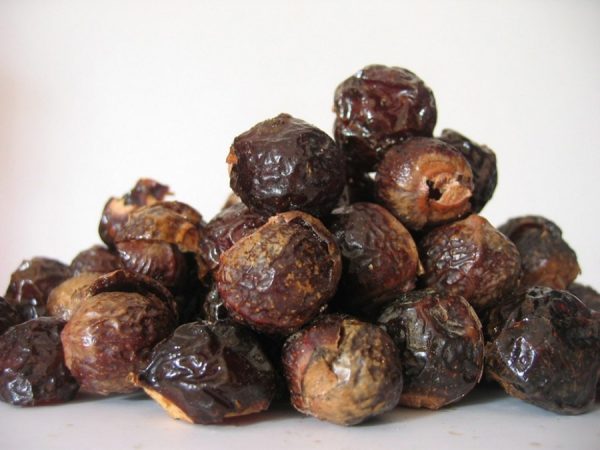
Berries release a natural low-suds soap called Saponin. Did you know suds can trap dirt in your laundry and leave behind unwanted residue?
Step 4) Scrub
To begin washing press the item into the soapy water then lift up, repeating this process until clean. For small difficult stains you may choose to use a soft bristle toothbrush to gently brush away debris and discoloration, being careful not to cause damage to the integrity of delicate fabrics. For a deeper clean gently rub fabric together, and dip to rinse. Drain and refill your washing container with fresh water and additional detergent as needed whenever water becomes visibly dirty or cloudy.
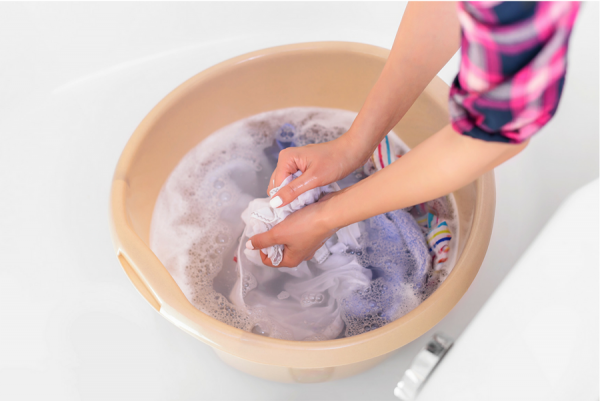
Step 5) Rinse
Next, rinse laundry well with additional clean water. Start by draining out the dirty water and detergent. If using a sink or tub, you can use your faucet to directly rinse each item individually. If you are rinsing more than one item at a time, or using a container without running water, you can opt to refill your container with fresh water and repeat the same motions mentioned in Step 4 to rinse away detergent (lifting up and pressing down).
Repeat Step 4 and 5 as needed. For heavily soiled laundry or larger loads we recommend setting up a station with two bins for repeat washing and rinsing. Be sure to refill your rinsing container with fresh water as often as needed until clothes are fully clean.
Step 6) Dry
Once clean, dry your laundry by gently pressing away excess water on a clean white towel. Avoid ringing or twisting wet clothes, which can stretch and damage delicate fabrics. After excess water is removed, hang damp laundry to air dry. Just like hand washing, hang drying laundry offers loads of benefits. To help fluff fabric and reduce unwanted stiffness you can use a fan indoors on low speed, or for maximum efficiency place laundry outside on a clothes line on sunny days.
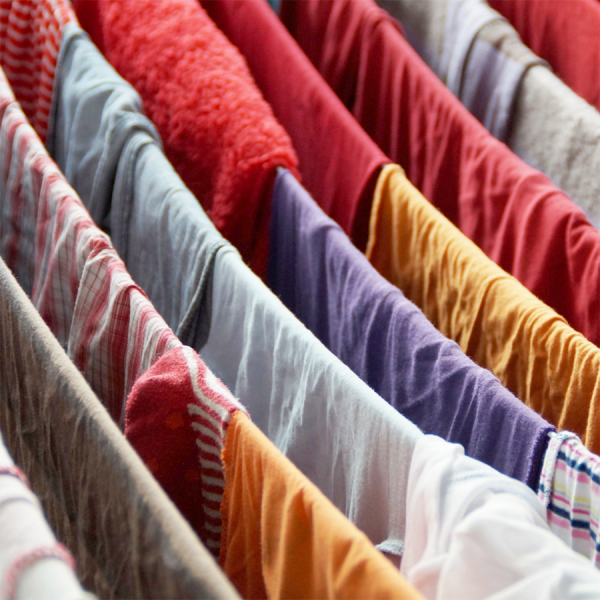
Be sure to place your drying rack in a bathtub to catch dripping water, or set a towel underneath if placing directly on flooring. Bonus Tip) Set your drying rack near a bright sunny window to speed up drying time or by a heating vent during winter months!
Once your clothes are dry you can also opt to iron garments to help reduce stiffness and wrinkles as well, being sure to check care labels for any ironing specifications or restrictions.
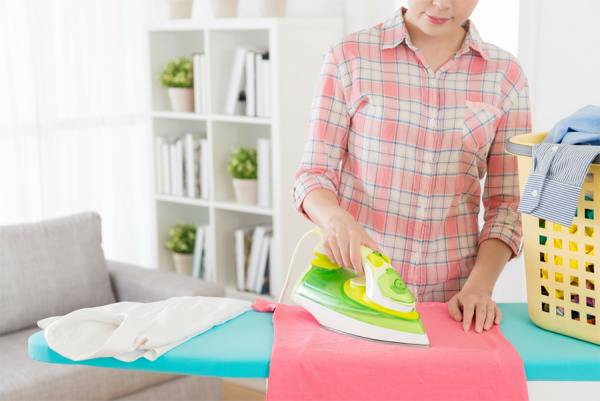
SUBSCRIBE TO OUR BLOG
RELATED ITEMS
RECENT POSTS

